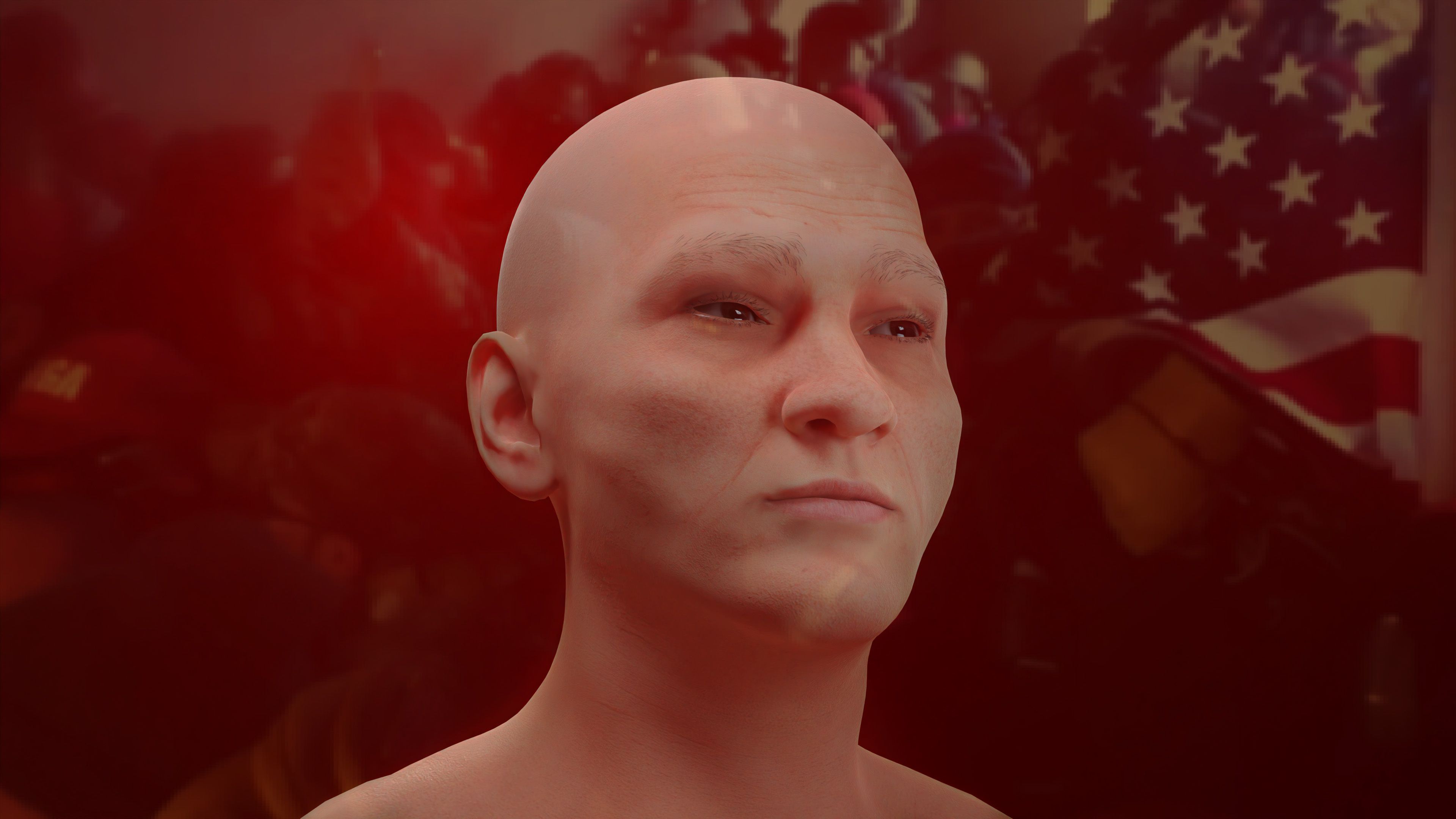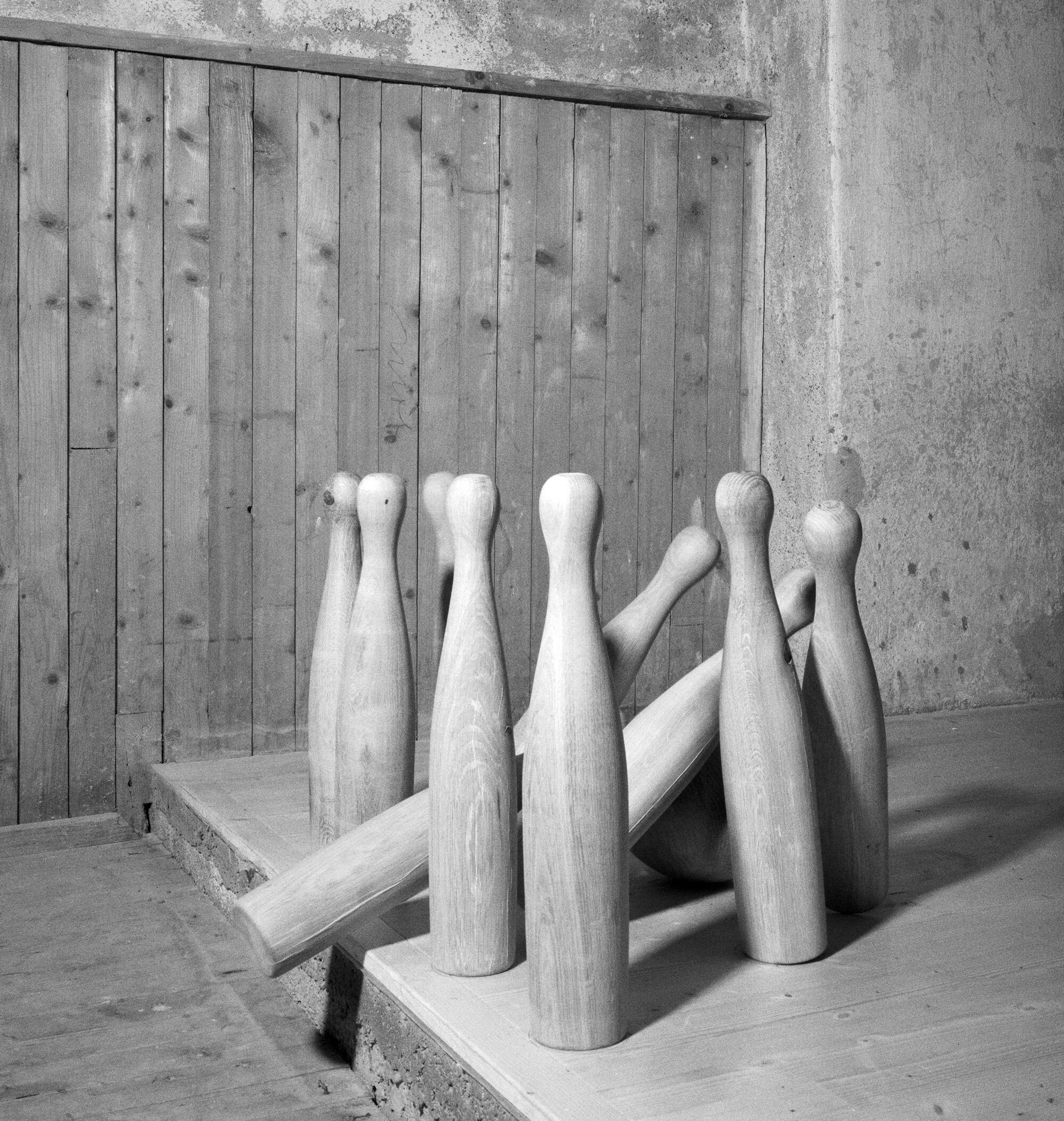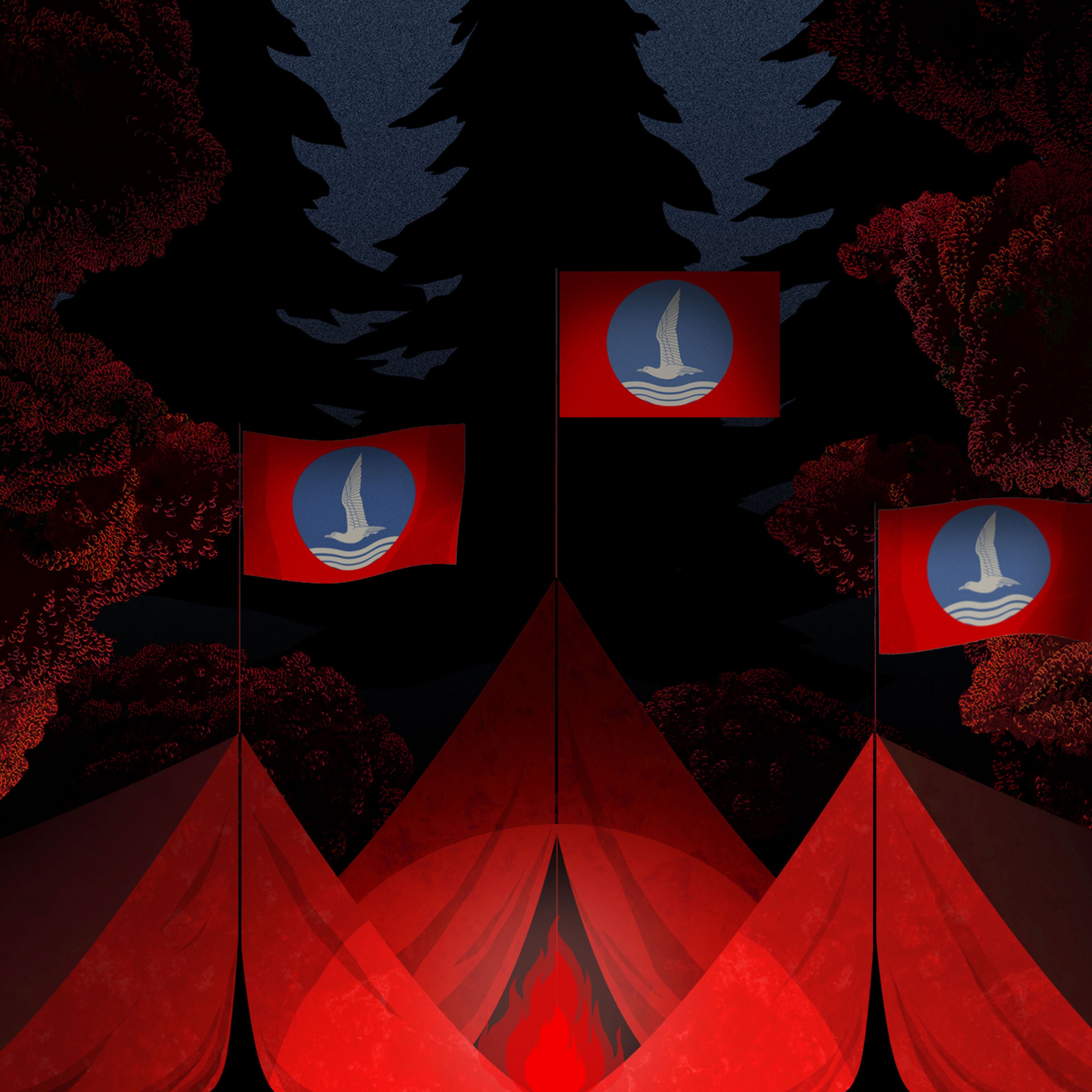Houses of Darkness
Perpetrator perspectives
Houses of Darkness addresses perpetrator perspectives in contemporary Nazi camp memorials. Artists and a young audience engage in creative explorations of “perpetrator spaces” – the remains of the camp commanders’ homes and offices – at three different European sites: Bergen-Belsen Memorial, Camp Westerbork Memorial Centre, and the Falstad Centre.
What does it mean to participate in crimes? How do we picture perpetrators? Could a legacy of violence strengthen our democracies? Such questions are pressing in today’s Europe.
Former Bergen Belsen Commandant Josef Kramer, next to Dr Fritz Klein, on trial at Luneburg, 19/08/1945.
Commandant Karl Denk (left) and next-in-command, Erich Weber: Falstad, Norway, 1944/45.
The Commander’s House and Police Battalion Bremen members, Westerbork, NL, 02/10/1942.
To provide answers that go beyond a narrow binary of black and white, we need to talk together across nations, backgrounds, and ages. Houses of Darkness puts art and creative activities at the heart of this conversation and encourages the audience and artists to take part in the memorials’ curatorial practices.
Artistic teams have created three new artworks as a part of the project. Their site-specific installations will be exhibited at the memorial sites from summer 2022. Other audience activities include international summer schools, art workshops, and a closing conference.


